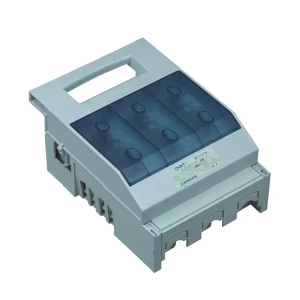CHINT NHR17 Series Fuse-Switch Disconnector: Reliable Control and Protection for High Short-Circuit Current Circuits
CHINT, a renowned provider of electrical solutions, proudly presents the NHR17 Series Fuse-Switch Disconnector. This innovative product is specifically developed for use in distribution circuits and motor circuits with high short-circuit currents. In this article, we will explore the key features and benefits of CHINT’s NHR17 Series Fuse-Switch Disconnector.

Versatile Control and Protection
The CHINT NHR17 Series Fuse-Switch Disconnector is designed to provide versatile control and protection for circuits with high short-circuit currents. It serves as a power switch, allowing for effective isolation and disconnection of electrical circuits. Additionally, it acts as an emergency switch, enabling quick response in critical situations. The NHR17 Series also offers reliable circuit protection, safeguarding against short circuits and overloads. This versatile switch ensures efficient control and enhanced safety in distribution and motor circuits.
Ideal for High Short-Circuit Current Circuits
The NHR17 Series Fuse-Switch Disconnector excels in applications where high short-circuit currents are present. With its robust design and advanced capabilities, it can handle the elevated currents associated with such circuits. By effectively disconnecting faulty sections of the circuit during short-circuit events, the NHR17 Series ensures the safety and integrity of the electrical system. Its ability to control and protect against high short-circuit currents makes it an ideal choice for demanding industrial environments.
Conclusion
The CHINT switch Disconnector is a versatile solution for controlling and protecting circuits with high short-circuit currents. Serving as a power switch, isolating switch, emergency switch, and circuit protection device, it ensures efficient control and enhanced safety. While it is not intended for directly making and breaking a single motor, the NHR17 Series excels in distribution and motor circuits with high short-circuit currents.
